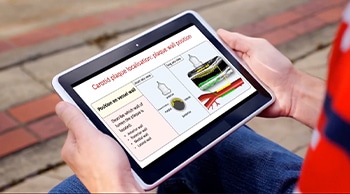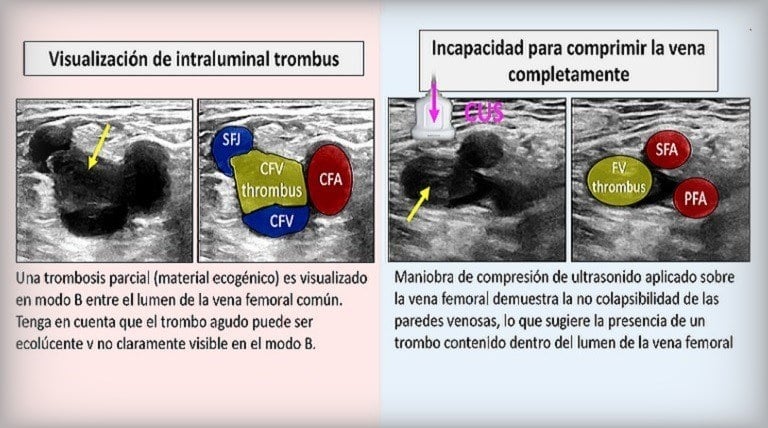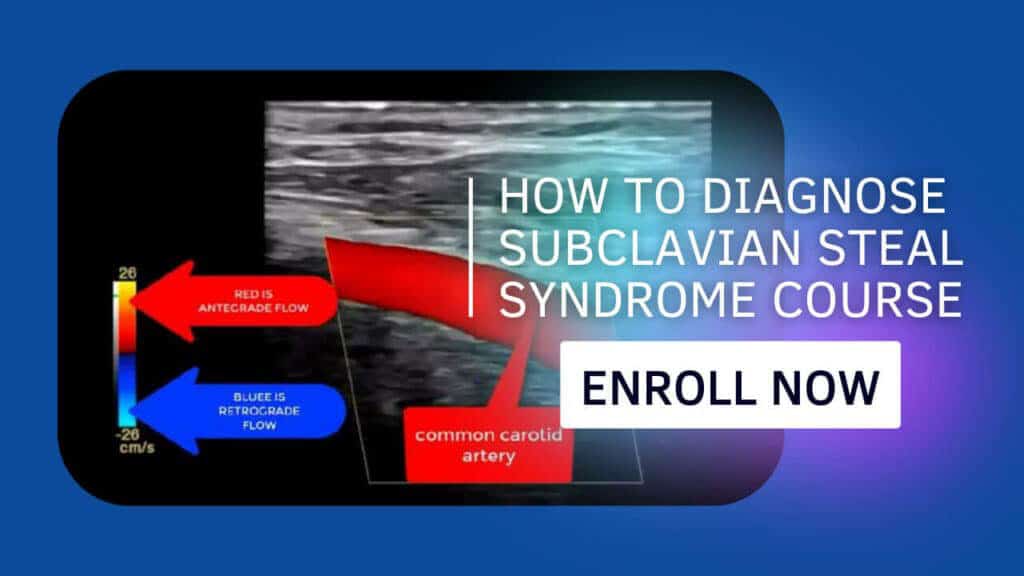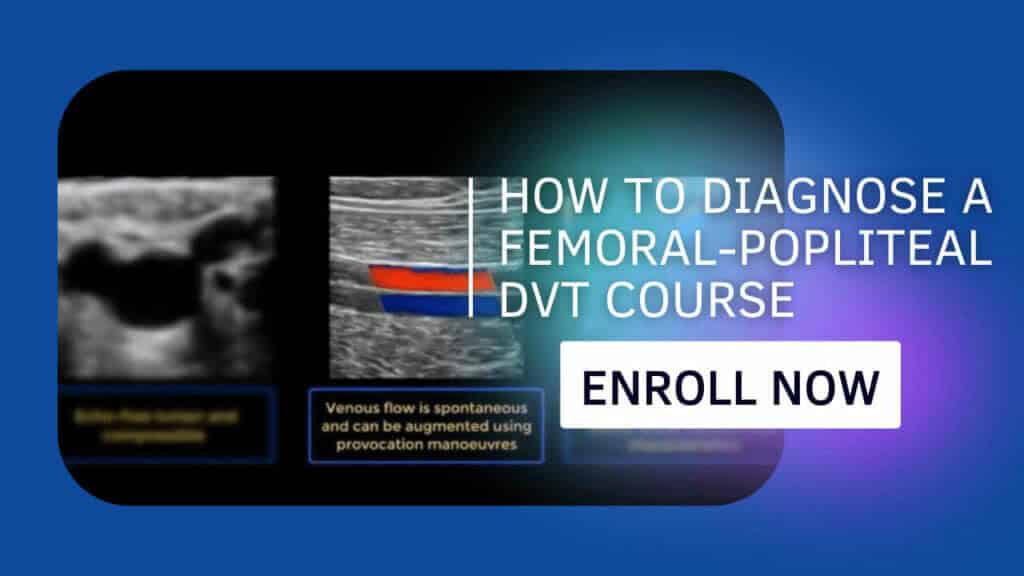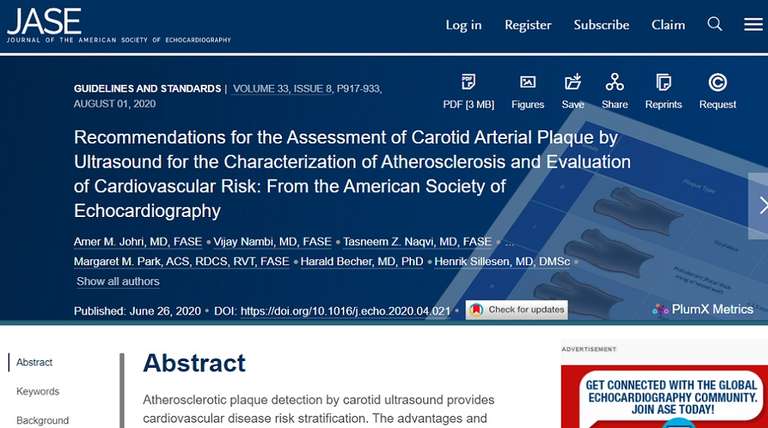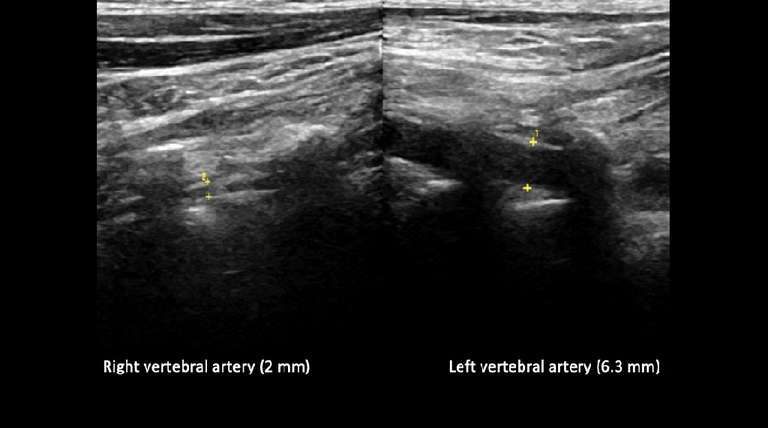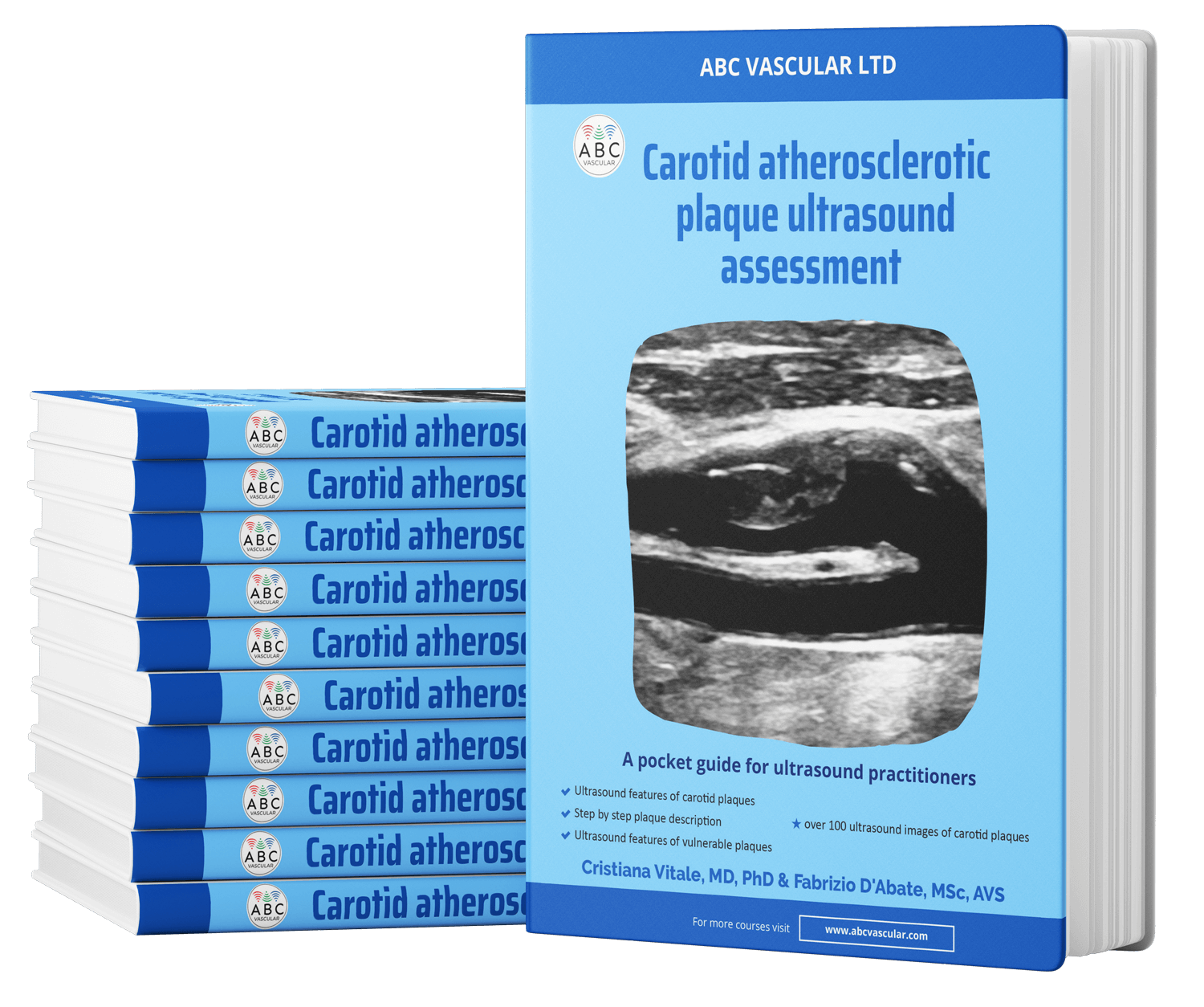
Interpreting Doppler Waveforms
Doppler waveform analysis is crucial for diagnosing arterial and venous diseases. This summary highlights the SVM and SVU's consensus on standardizing nomenclature for better patient care.
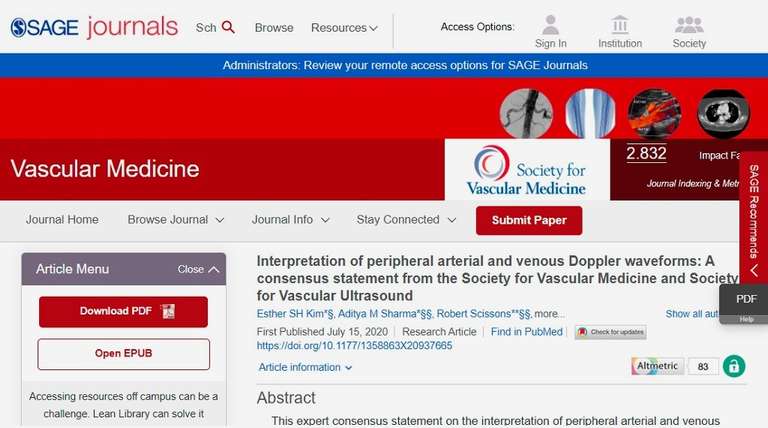
Nov. 7, 2020 / Dr. Cristiana Vitale & ABC Vascular staff
This article is a summary / review of the article “Interpretation of peripheral arterial and venous Doppler waveforms: A consensus statement from the Society for Vascular Medicine and Society for Vascular Ultrasound” by Esther S H Kim et al. and published July 15, 2020.
See full details on the article >
Background
Doppler waveform analysis is a fundamental tool to consider in the assessment of venous and arterial diseases with ultrasound. The Doppler waveform descriptors used up to today are triphasic, biphasic, monophasic and multiphasic or alternatively some operators simply define the Doppler waveforms as normal or abnormal. These terminologies are descriptive and dependent on how the various terms are defined. On the other hand, normal and abnormal are interpretative terms and depend on several factors. Each of the aforementioned waveform descriptors may be normal or abnormal, depending on the clinical setting (e.g. a monophasic waveform is normal in a renal artery and abnormal in a brachial artery). A standardised application of these terms is not widely evident in the literature and is often reason of confusion among practitioners.
Aim Of the Consensus Statement
Recently, the Society for Vascular Medicine (SVM) and the Society for Vascular Ultrasound (SVU) have published a consensus statement with the aim to standardise the nomenclature to use for arterial and venous spectral Doppler waveforms when assessing peripheral and abdominal arterial and venous circulation and cerebrovascular circulation. This consensus has been developed to propose common nomenclature and to improve communication among all practitioners who care for vascular patients. In details, the purpose of this consensus statement is to:
- Clarify and standardise key definitions and descriptors related to the analysis of arterial and venous Doppler waveforms
- Review Doppler waveform alterations in relation to physiologic changes and disease states
- Provide Doppler transducer optimisation techniques to enhance the quality and presentation of Doppler spectral waveform and color Doppler data
- Provide guidance for reporting and final interpretation.
To clarify and standardise the key definitions and descriptors that are inherent to the analysis of arterial and venous Doppler waveforms is a priority in order to avoid the confusion regarding Doppler waveform interpretation thus leading to appropriate diagnosis and better patient care.
Method
The consensus uses a framework of key major descriptors and reviews Doppler waveform alterations with physiologic changes and disease states in the different vascular beds, provides optimisation techniques for waveform acquisition and display, and provides practical guidance for incorporating the proposed nomenclature into the final interpretation report.
Reference
Esther S H Kim, Aditya M Sharma, Robert Scissons et al. Interpretation of peripheral arterial and venous Doppler waveforms: A consensus statement from the Society for Vascular Medicine and Society for Vascular Ultrasound Vascular Med. 2020 Oct;25(5):484-506.
Published: July 15, 2020
DOI: 10.1177/1358863X20937665
Pubmed link >
Journal website with free access to full article >
Keywords: diagnostic imaging, Doppler waveform, duplex, spectral analysis, terminology, ultrasonography




